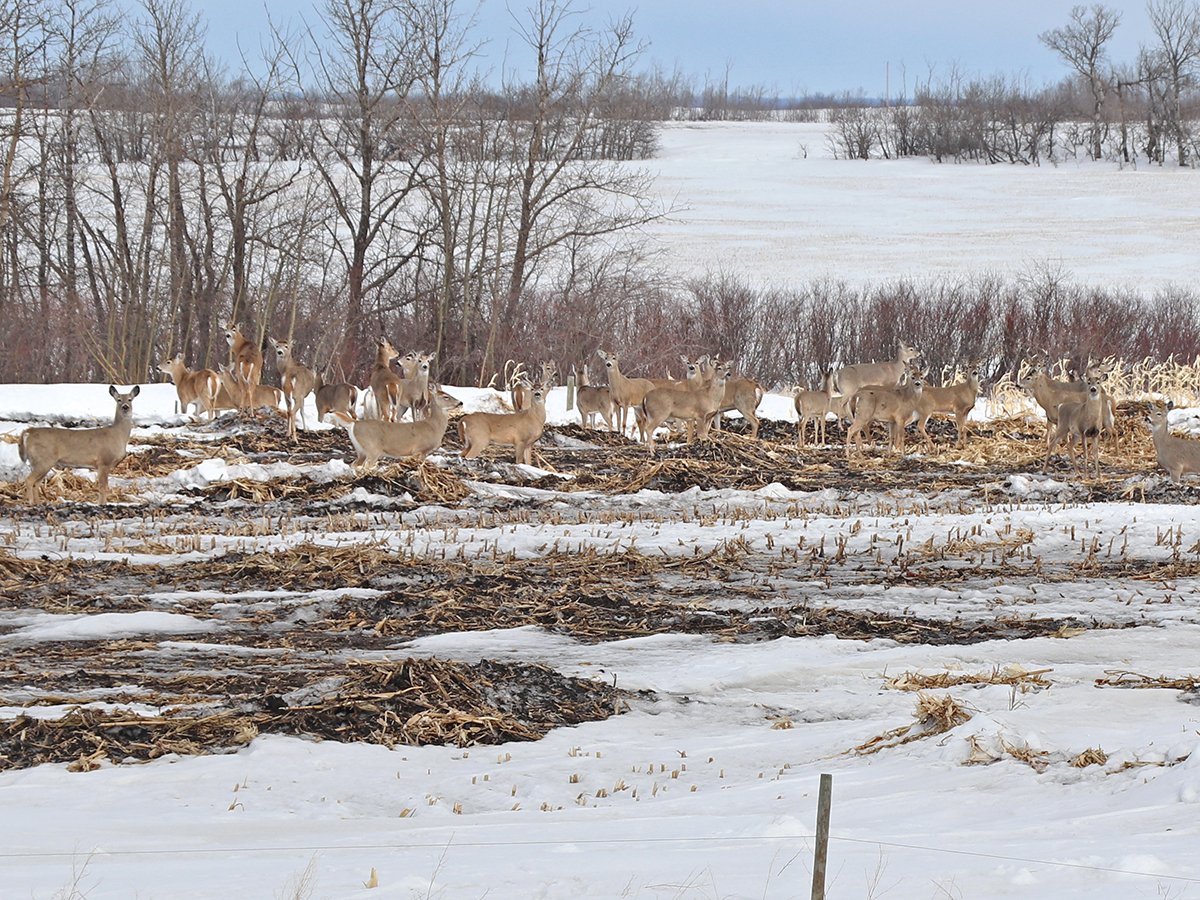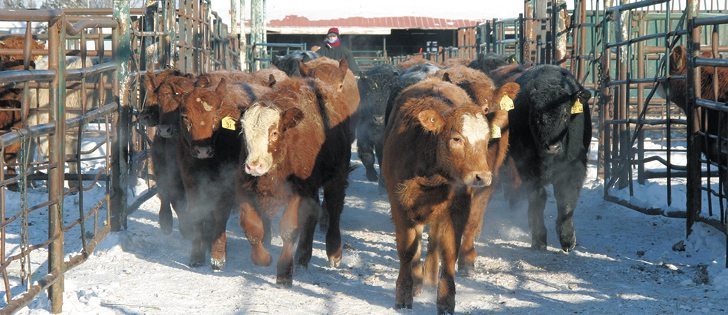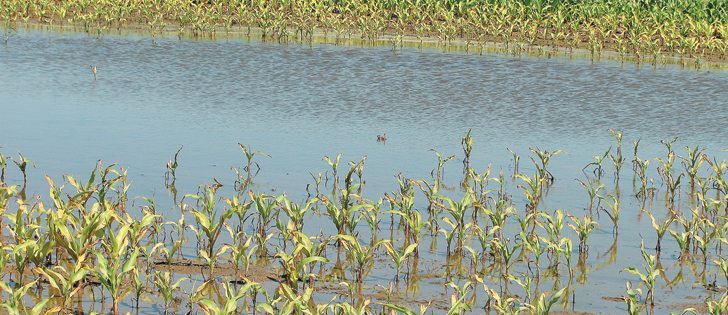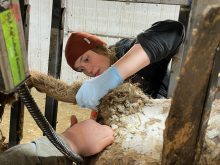RED DEER — The good times in the beef business have stalled.
“We had a beautiful five year run in terms of our trends with in-creasing prices, but we have broken through that trend and we are definitely on a downward trending market,” said Brian Perrillat, senior market analyst with Canfax.
Significant market volatility is now occurring with massive price swings from one week to the next.
“There were a lot of complaints that maybe the market was broken, but in reality we don’t like what the market is telling us,” he told the Alberta Beef Industry conference, which was held in Red Deer Feb. 17-19.
Read Also

Foot-and-mouth disease planning must account for wildlife
Our country’s classification as FMD-free by the World Organization for Animal Health has significant and important implications for accessing foreign markets.
Alberta cattle prices are still historically high, but the Canadian dollar can turn everything around.
He advised producers to watch the currency this fall.
A 550 pound calf would be worth $287 per hundredweight if the U.S. fed price is US$118 per cwt. and the loonie is 65 cents, but that could fall to $247 per cwt. if the U.S. fed price is $125 per cwt. and the dollar is 75 cents.
Perillat said that kind of uncertainty makes it nearly impossible to make reasonable forecasts on fall calf prices. Prices could vary from $179 to $350.
The cow-calf sector has fared well recently, but the feedlot and packing sectors took a bruising.
Feedlot profitability was outstanding for a year, but it is now losing equity.
“They bought some of those high-end calves and when that market broke, they were looking at some fairly big losses, assuming there was no risk management,” he said.
As well, Canada posted the strongest basis in 30 years.
The country is generally $8 to $10 below the U.S. market, but at times it was in a positive position so cattle stayed home. Feeder cattle exports were strong in 2014, but only 5,000 went south last year.
Keeping cattle in Canada is a benefit to the packing industry.
Last year’s utilization rate was 76 percent. Weekly capacity is 63,000 head, but packers were processing 50,000 head last year, which jeopardizes a plant’s economic viability.
Perillat said the big question is whether expansion is imminent, considering that inventory is shrinking.
“We have been talking about it for a few years, thinking we were just on the cusp of expansion,” he said.
“I thought we would be way ahead of the U.S. two or three years ago, but unfortunately we have not done that.”
He expects more cows to stay in the breeding herd because fewer have been culled, but producers are not keeping enough heifers. They are still being sent to slaughter because of good prices and drought in some regions.
The shortfall in supply was made up with bigger cattle.
Slaughter numbers were down seven percent, but carcasses have increased seven pounds a year since 1975, and last year’s average steer carcass weight was 897 lb.
Perillat said producers should watch the following factors in the North American beef market this year:
- The North American market will have to absorb an extra 5.5 billion more pounds of meat because of shrinking export markets and more animals going to slaughter. Beef supplies are still historically tight, but there have been big increases in pork and chicken. Retail prices should come down.
- There were 1.3 million more feeders outside of feedlots at the beginning of the year.
- Cow-calf producers are well positioned, but feedlots and packers are struggling.
- The beef industry continues to lose market share to pork and poultry because it is still relatively more expensive.
- The grain sector is competitive. Western Canadian barley acreage is down corn is up.
















